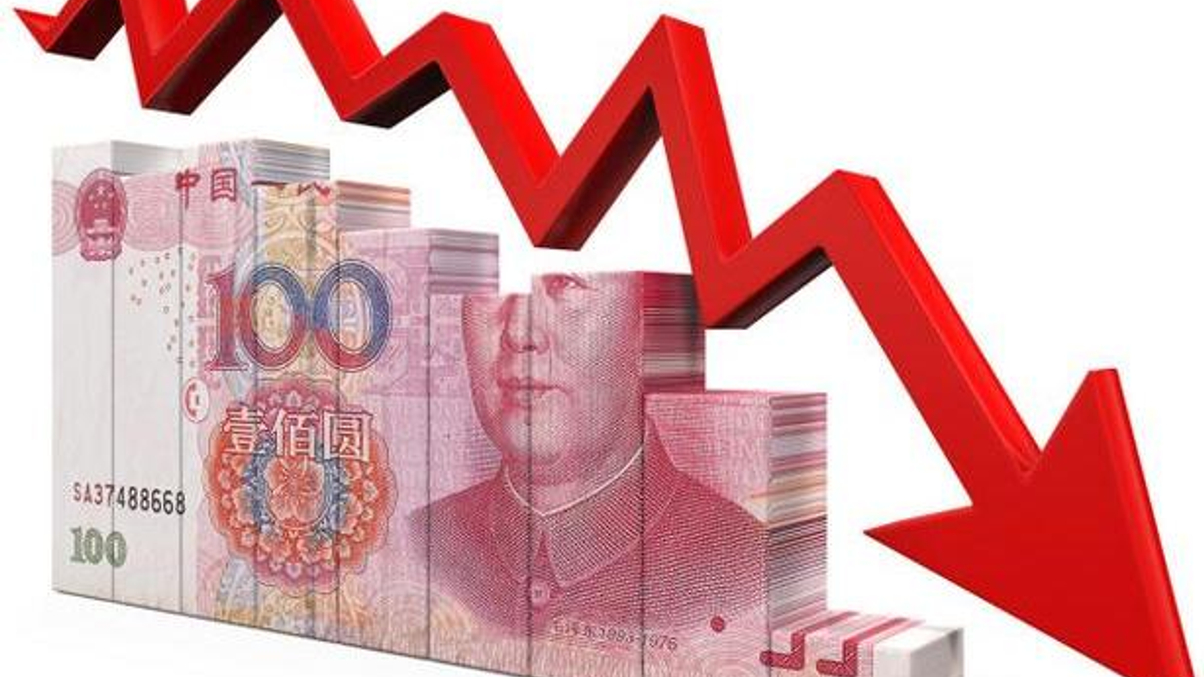Chinese insurer returns to slide on coronavirus impact
A mixture of low bond yields, interest rate cuts and insurers avoiding risky assets will lower returns, though A-share volatility will have a limited impact, say credit analysts.

Chinese insurers will likely report lower investment yield and earnings this year as Beijing battles the Wuhan coronavirus epidemic, but they should weather the volatile markets courtesy of regulators’ earlier efforts to lift industry risk standards, say rating analysts.
Sign in to read on!
Registered users get 2 free articles in 30 days.
Subscribers have full unlimited access to AsianInvestor
Not signed up? New users get 2 free articles per month, plus a 7-day unlimited free trial.
¬ Haymarket Media Limited. All rights reserved.


